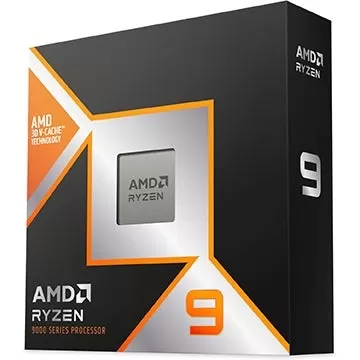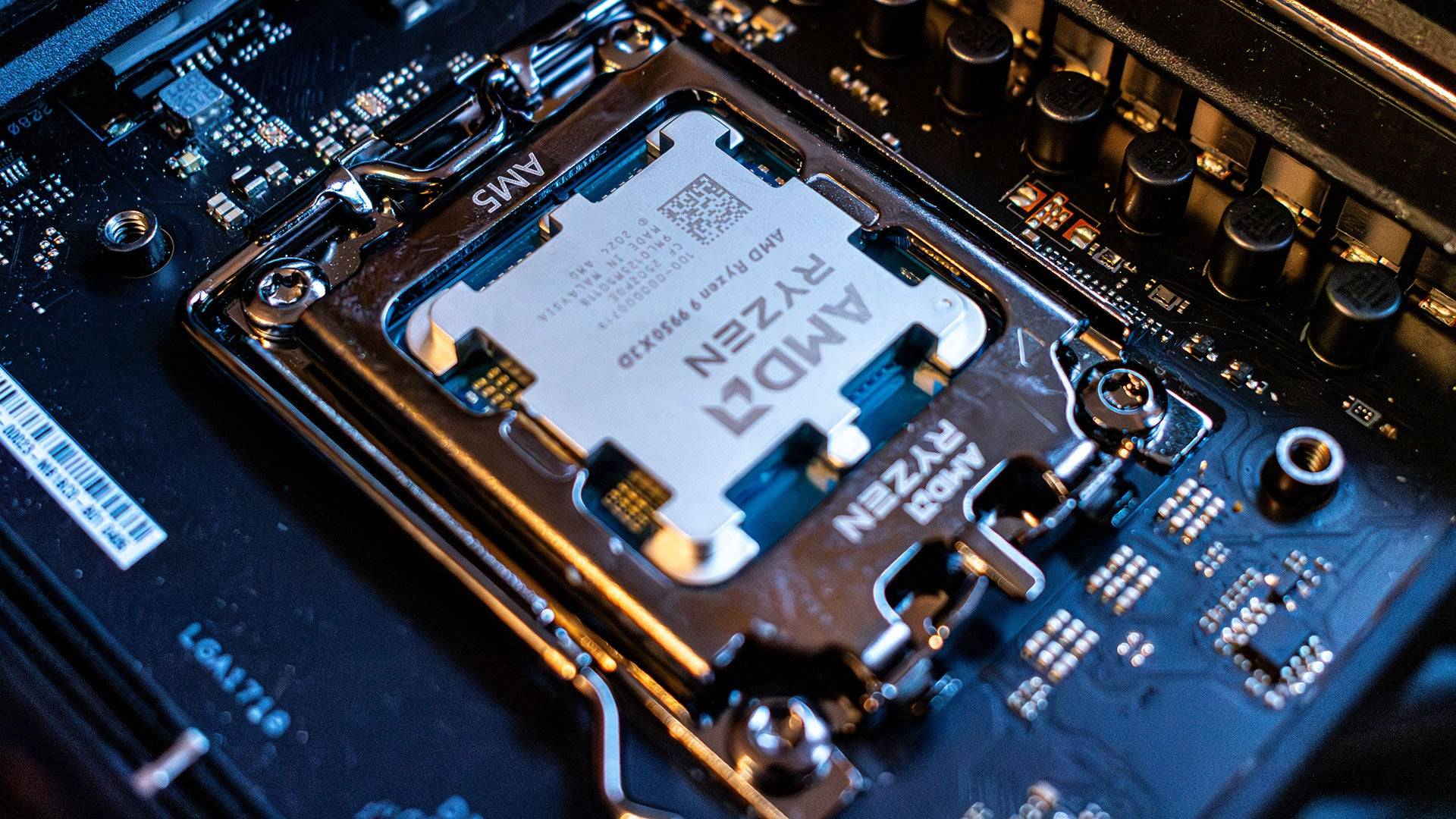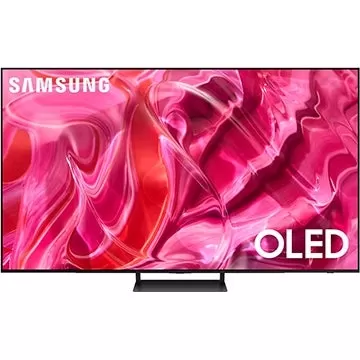The AMD Radeon RX 9070 arrives at a curious juncture in the graphics card market, right on the heels of Nvidia's latest generation launch. Priced at $549, it squarely competes with the underwhelming GeForce RTX 5070, a battle in which AMD currently holds a clear advantage, making the Radeon RX 9070 an attractive option for 1440p gaming enthusiasts.
However, the decision becomes more nuanced due to AMD's own pricing strategy. The Radeon RX 9070 is only $50 less than the superior Radeon RX 9070 XT. While the 9070 is about 8% slower and 9% cheaper than its XT counterpart, the marginal price difference might push buyers towards the higher-performing XT model. Despite this, the competition within AMD's own lineup bodes well for consumers, offering strong performance options within the Team Red ecosystem.
Purchasing Guide
The AMD Radeon RX 9070 launches on March 6, starting at $549. However, expect a variety of models at potentially higher price points. For the best value, aim to purchase a model as close to the starting price as possible, especially given its proximity to the Radeon RX 9070 XT's price.
AMD Radeon RX 9070 – Photos
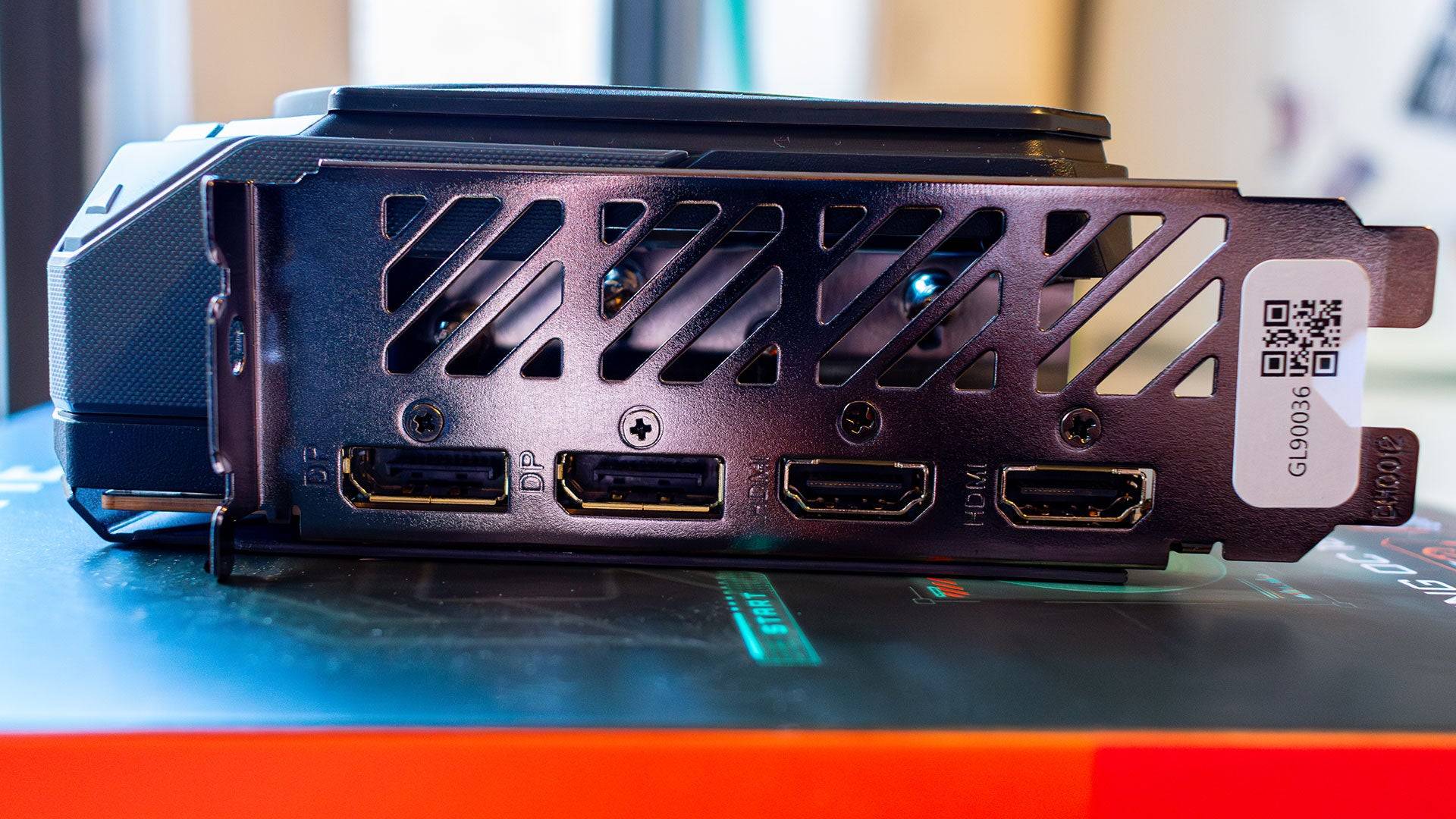
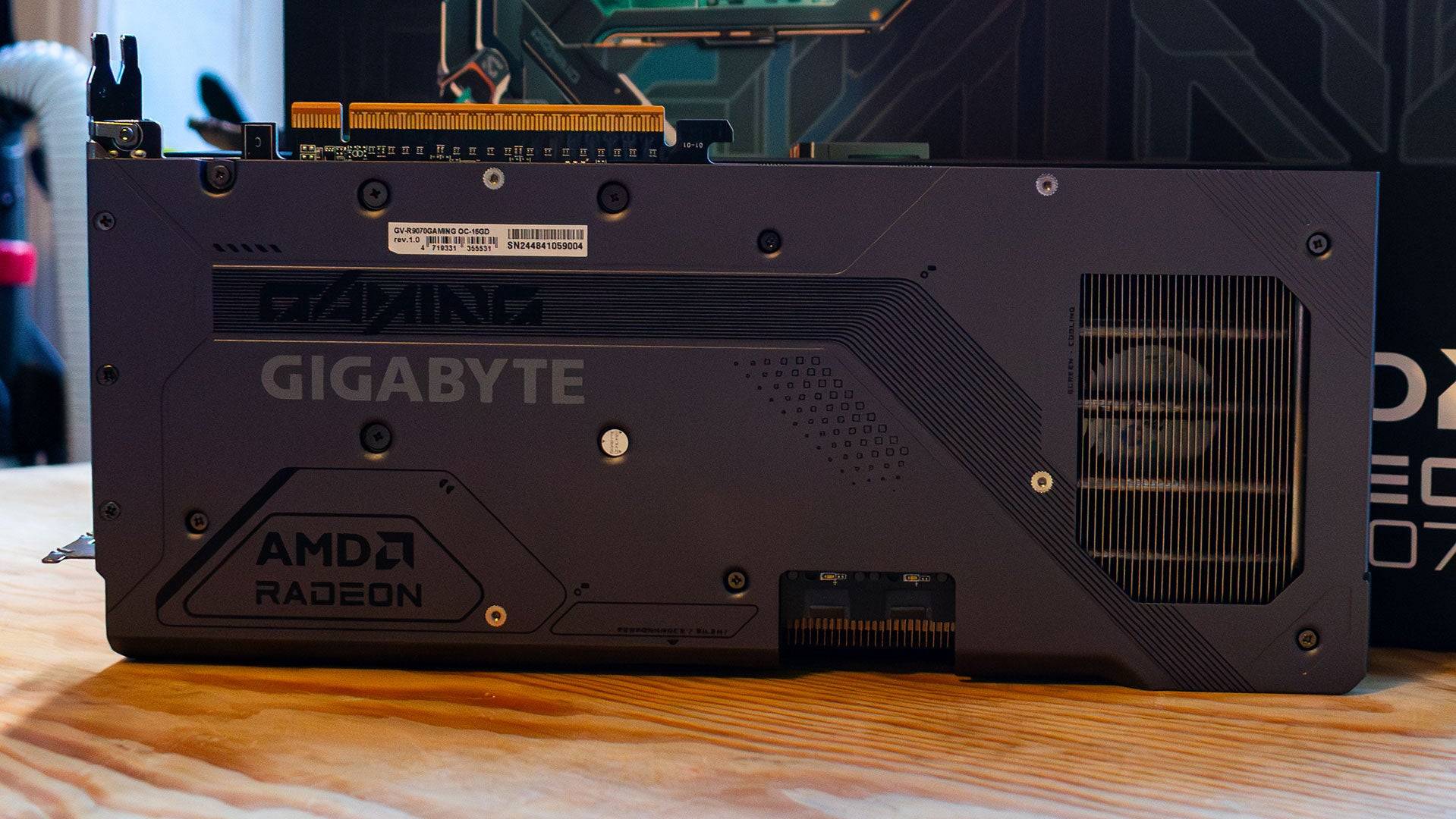 4 Images
4 Images
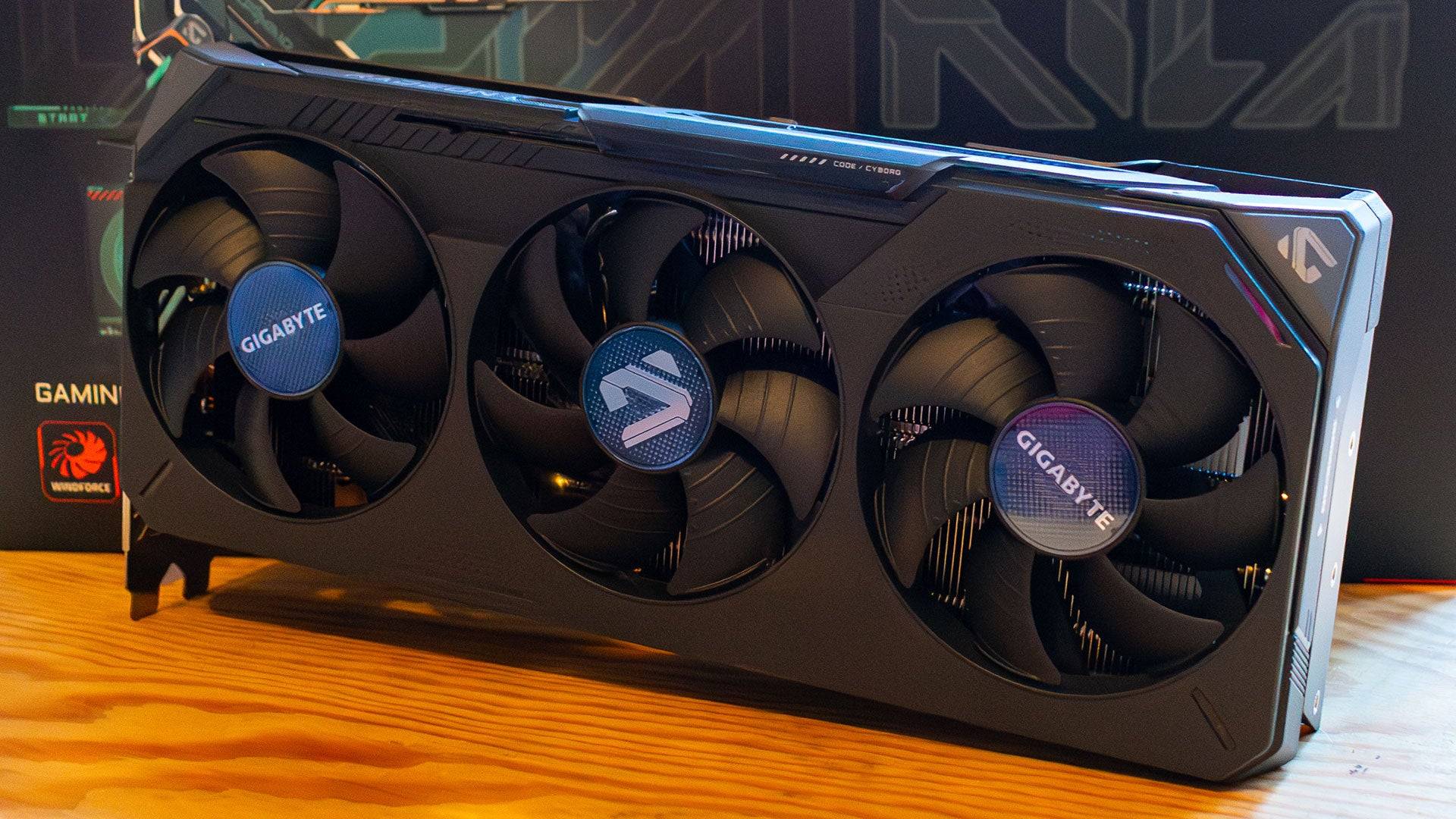
Specs and Features
Built on the new RDNA 4 architecture, the Radeon RX 9070 mirrors the RX 9070 XT's foundation, delivering substantial performance boosts. Despite having 30% fewer compute units than its predecessor, the Radeon RX 7900 GRE, the 9070 significantly outpaces it.
The RX 9070 boasts 56 Compute Units, each equipped with 64 Streaming Multiprocessors (SMs), totaling 3,584 shaders. Each compute unit also includes one Ray Accelerator and two AI Accelerators, resulting in 56 and 112 units, respectively. These enhancements make the RX 9070 a formidable contender in ray tracing and introduce AMD's FidelityFX Super Resolution (FSR) 4, marking the debut of AI upscaling on AMD GPUs.
Like its XT sibling, the RX 9070 comes with 16GB of GDDR6 VRAM on a 256-bit bus, suitable for 1440p gaming for years to come. Though GDDR7 would have been a nice upgrade, it would likely have increased the cost.
AMD recommends a 550W power supply for the RX 9070, which has a 220W power budget. My tests showed peak consumption at 249W, suggesting a 600W PSU for safety.
Notably, AMD has opted not to release a reference design for the RX 9070, leaving production to third-party manufacturers. I tested the Gigabyte Radeon RX 9070 Gaming OC 16G, a triple-slot card with a slight factory overclock.

FSR4
Since the rise of DLSS in 2018, AI upscaling has been a game-changer for performance and image quality. With FSR 4, AMD enters this arena, utilizing AI to upscale lower-resolution images to native resolution, a step up from the temporal upscaling of FSR 3. While FSR 4 may slightly reduce performance compared to FSR 3, the improvement in image quality is notable. In games like Call of Duty: Black Ops 6 and Monster Hunter Wilds, the performance drop is minor, making FSR 4 a valuable option for those prioritizing visual fidelity.
AMD Radeon RX 9070 XT & 9070 – Benchmarks
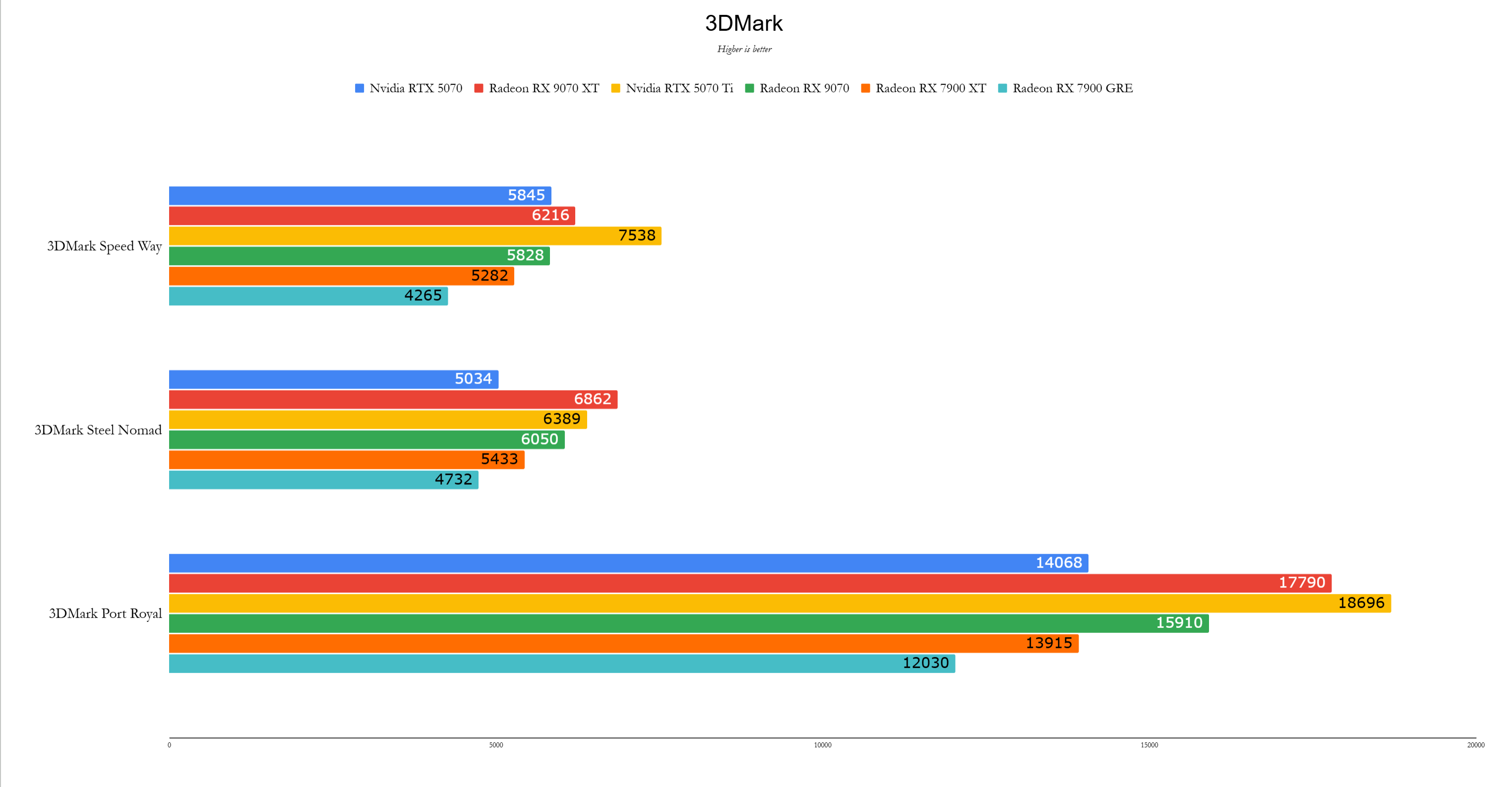
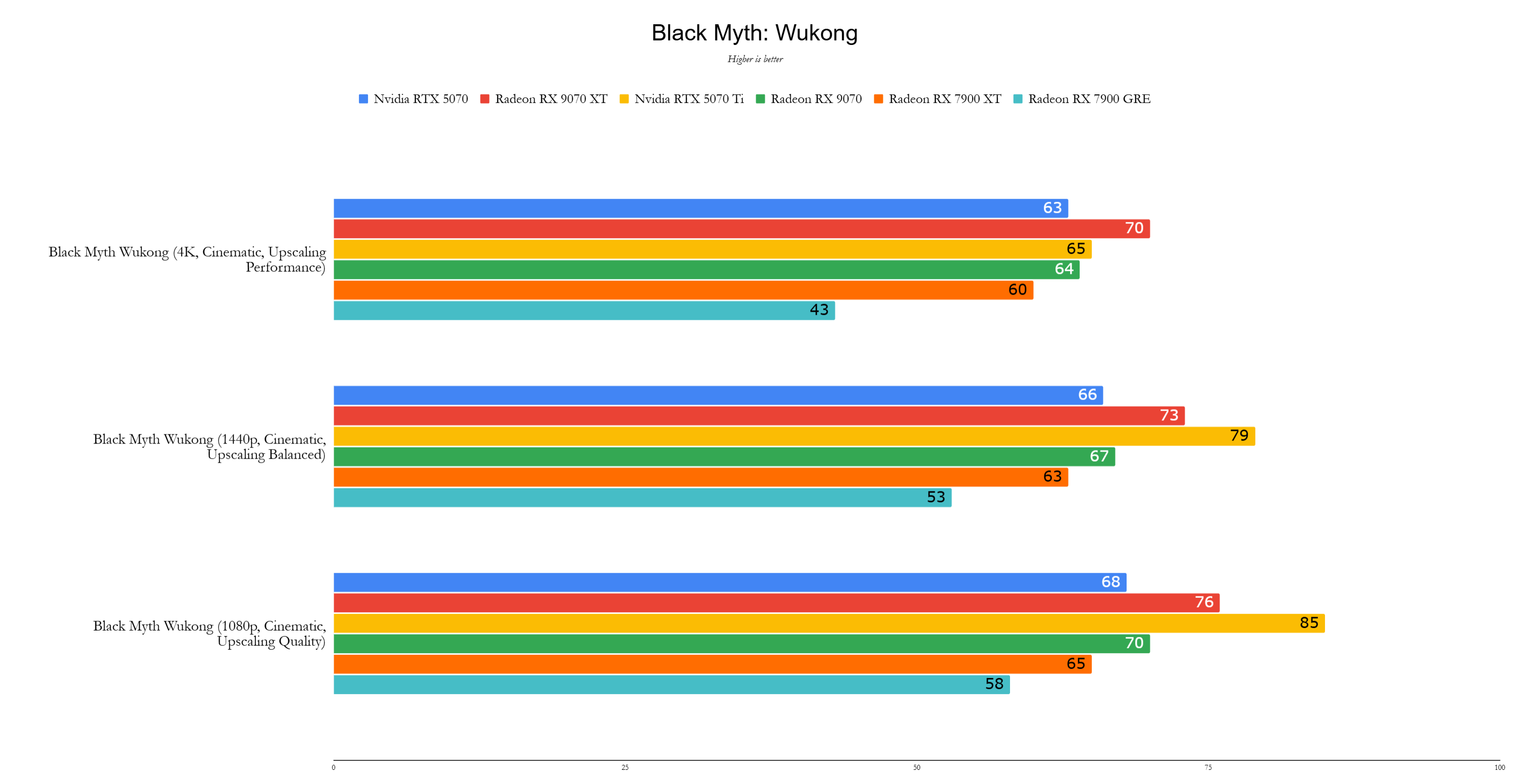 11 Images
11 Images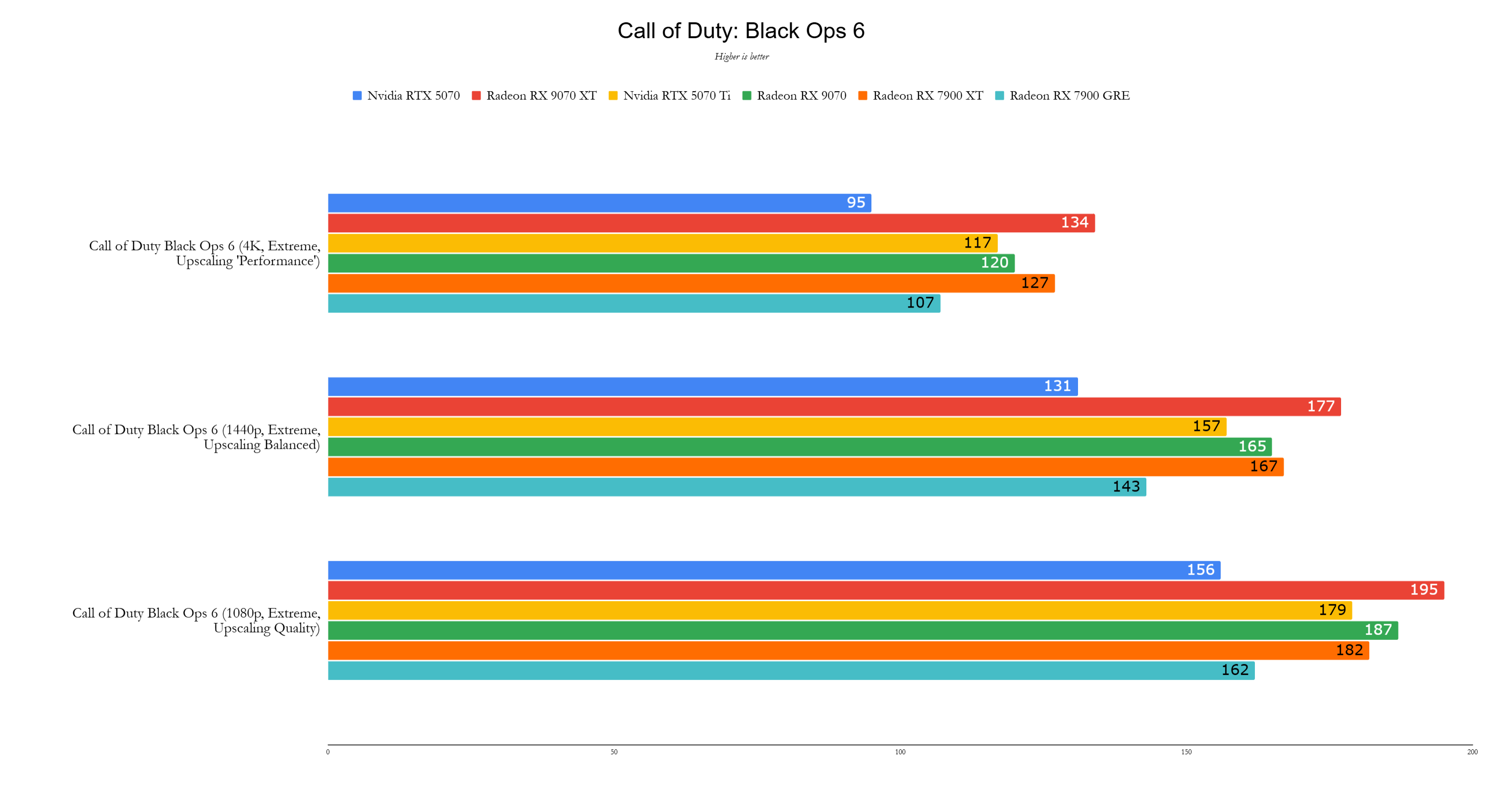
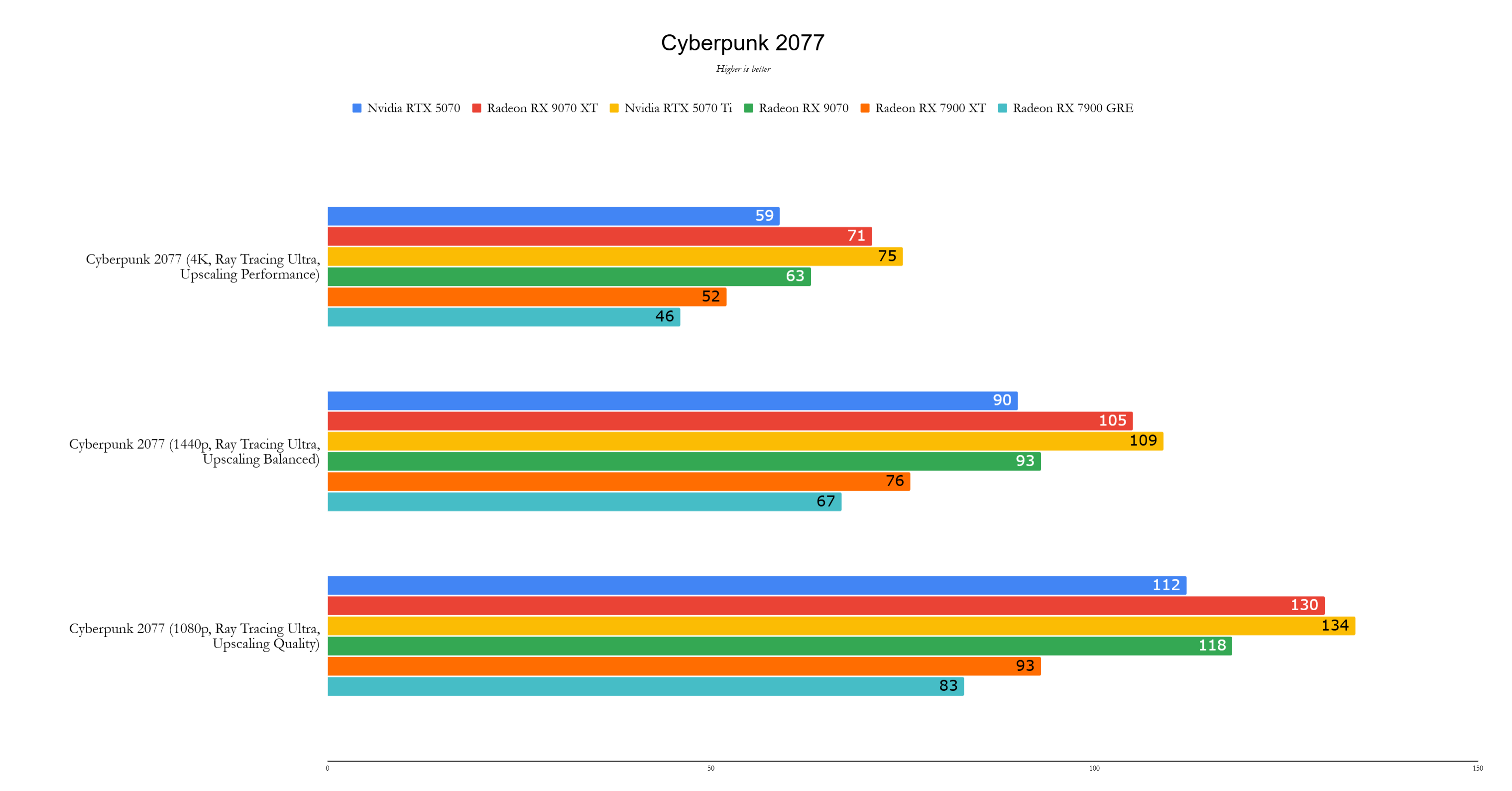
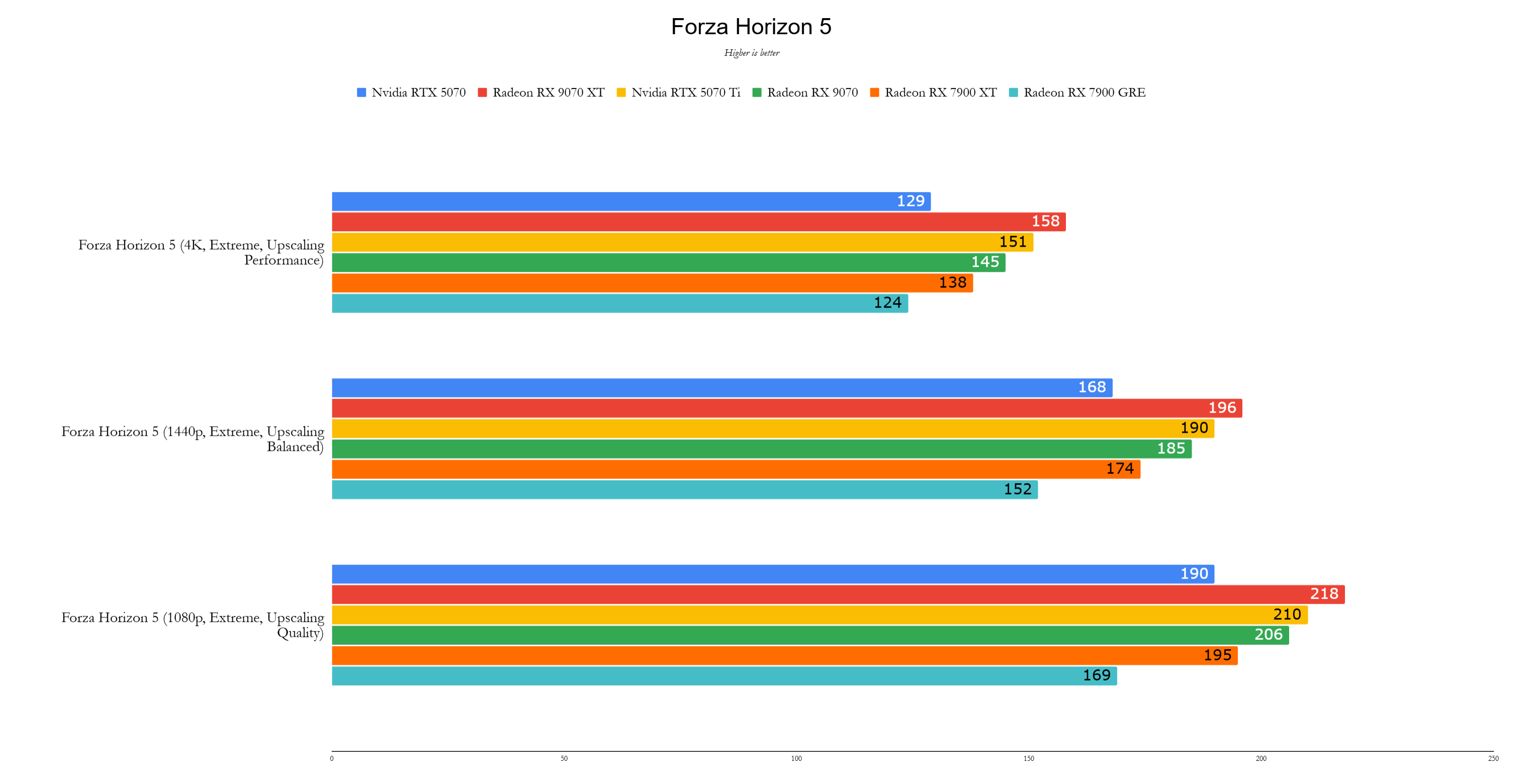
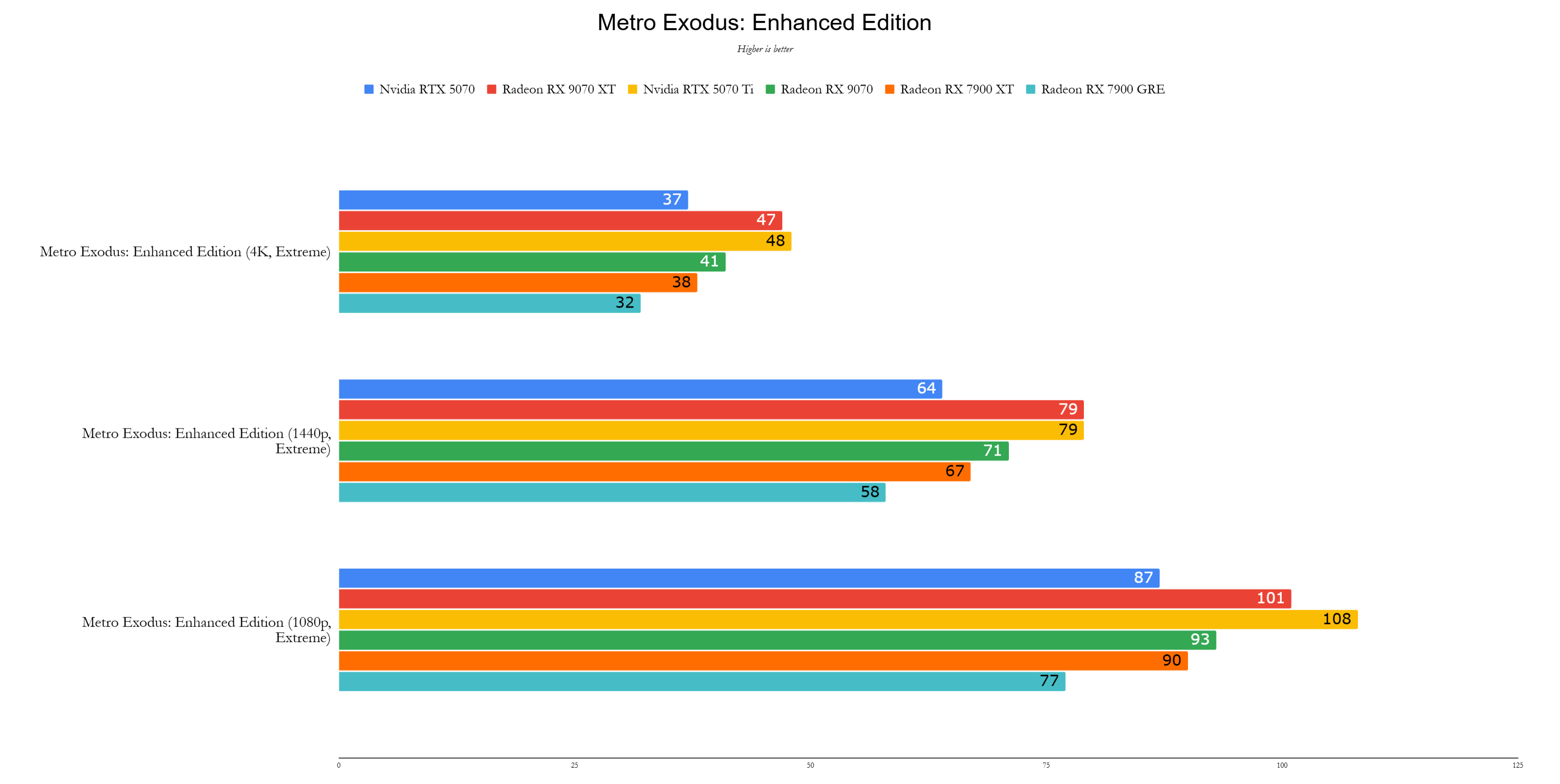
Performance
Priced at $549, the AMD Radeon RX 9070 outperforms the Nvidia GeForce RTX 5070 in most scenarios, delivering an average 12% higher frame rate at 1440p and a 22% improvement over the RX 7900 GRE. My testing used a factory-overclocked Gigabyte Radeon RX 9070 Gaming OC, which boosts performance by approximately 4-5%.
All tests were conducted using the latest public drivers at the time of writing, ensuring a fair comparison. In 3DMark, the RX 9070 holds its own against the RTX 5070, especially in tests without ray tracing.
Test System
- CPU: AMD Ryzen 7 9800X3D
- Motherboard: Asus ROG Crosshair X870E Hero
- RAM: 32GB G.Skill Trident Z5 Neo @ 6,000MHz
- SSD: 4TB Samsung 990 Pro
- CPU Cooler: Asus ROG Ryujin III 360
In games like Call of Duty: Black Ops 6 and Cyberpunk 2077, the RX 9070 showcases impressive performance, even in titles traditionally favoring Nvidia. In Metro Exodus and Red Dead Redemption 2, the RX 9070 continues to lead, demonstrating its versatility across different game engines.
In Total War: Warhammer 3 and Assassin's Creed Mirage, the RX 9070 maintains strong performance, while Black Myth Wukong and Forza Horizon 5 highlight its competitive edge.
The Radeon RX 9070's launch timing and superior performance against the RTX 5070, combined with its 16GB of VRAM, make it an excellent value proposition. Even if performance were equal, the additional VRAM gives AMD's card a significant advantage for future-proofing.

